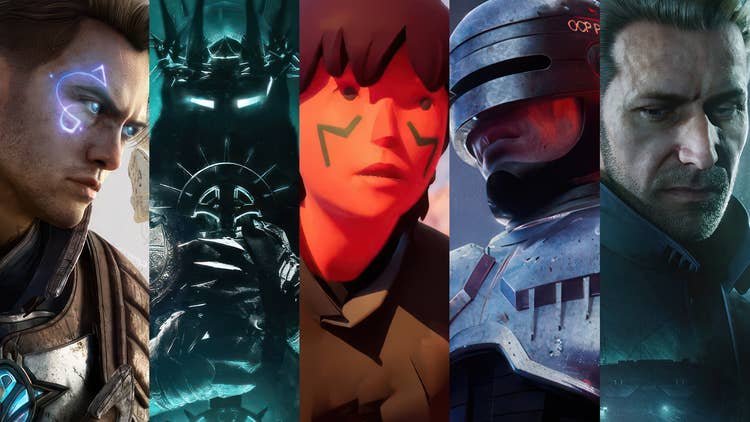Unreal Engine 5 was announced more than three years ago and we’re only now seeing the first wave of third-party UE5 games on PC and consoles. For the audience on PC, these launches are both exciting and terrifying – we’re finally seeing all of the eye candy promised by Epic with Lumen, Nanite and Virtual Shadow Maps, but we’ve also had an array of UE4 titles that have exhibited poor CPU utilisation and instrusive stutters.
With these conflicting emotions in mind, I thought it would be interesting to round up the first generation of UE5 releases to identify the good, great and not-so-great aspects of these titles – an early barometer if you will of how developers are getting to grips with the engine on PC and what it means for the future of UE5 on the platform.
The goal here isn’t to cover any one game in exhaustive detail, but rather to give a potpourri of impressions after testing a variety of games including demos of Jusant, Robocop: Rogue City and The Talos Principle 2, and the full releases of Remnant 2, Immortals of Aveum, Lords of the Fallen, Desordre, Fort Solis and Layers of Fear.
Let’s start with what Unreal announced in the beginning: those much-lauded Unreal Engine 5 graphical features. How are Lumen, Nanite, and Virtual Shadow Maps on PC?
Honestly, I think they’ve lived up to the hype in the first titles I’ve seen them leveraged in. In The Talos Principle 2 for example, we see Croteam heavily leveraging all three technologies to great effect.
Starting with Lumen, one thing I’ve noticed is that you can adjust this feature directly with the global illumination (GI) setting in the options menu; this is a global quality parameter in UE5 so I expect to see it in many game releases. In The Talos Principle 2, dropping to the medium GI setting lets you see what the world looks like without Lumen – and there’s a massive difference in lighting quality, with Lumen’s local bounce lighting and shadowing from the sky lighting providing a stark contrast to the fallback SDFAO (signed distance fields ambient occlusion) and other raster techniques the engine can leverage. Lumen looks great here.
The same is true in Jusant as well – and this demo is perhaps this is the best showcase of Lumen so far, as the game has almost texture detail, making the impact of the surface lighting plain, while artists leveraged the technology to enhanced visual contrast in every part of the demo. It’s a great artist-driven usage of the GI that seems to work around Lumen’s limitations, with unmotivated lights or blockers placed to create a convincing final result.
